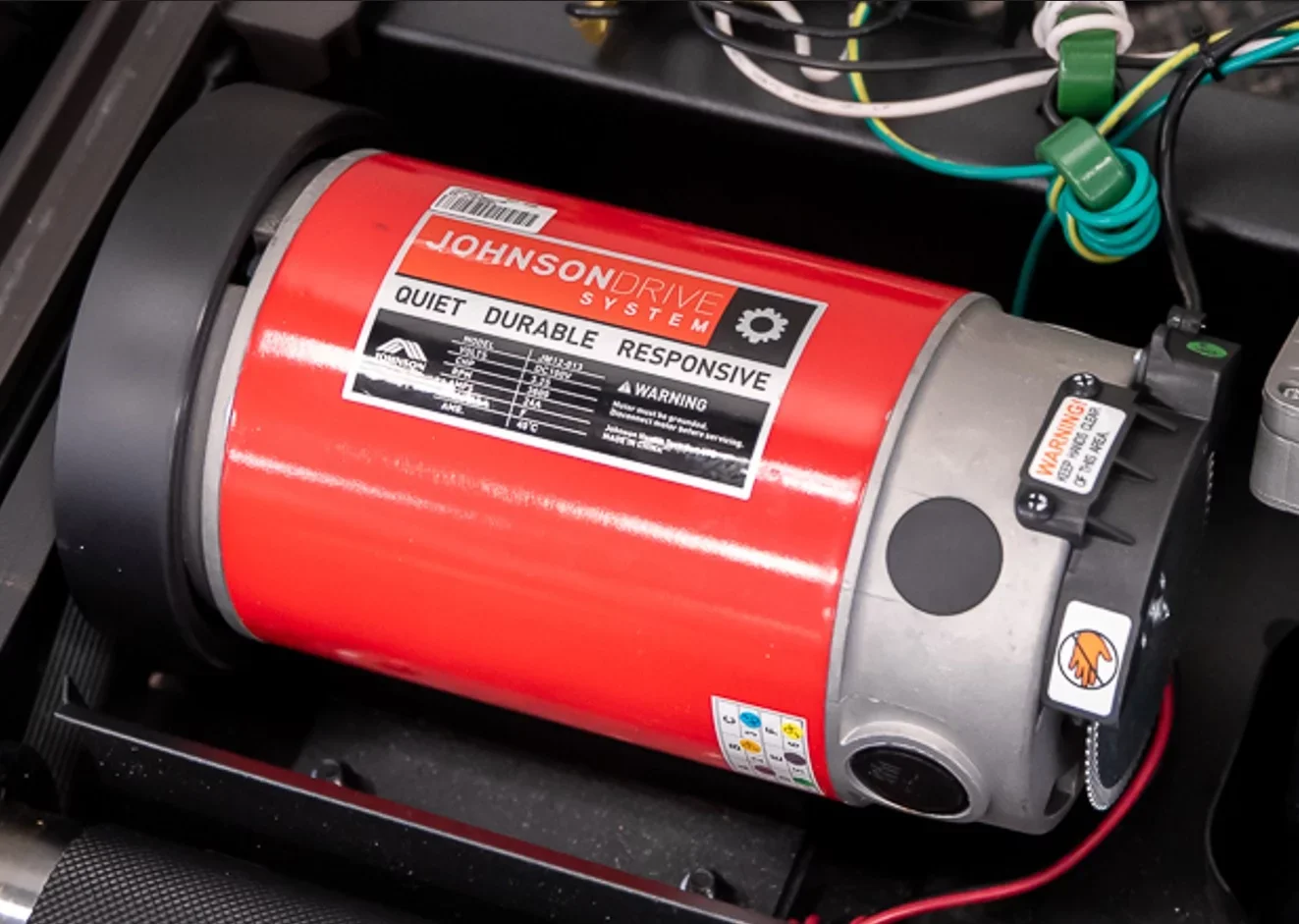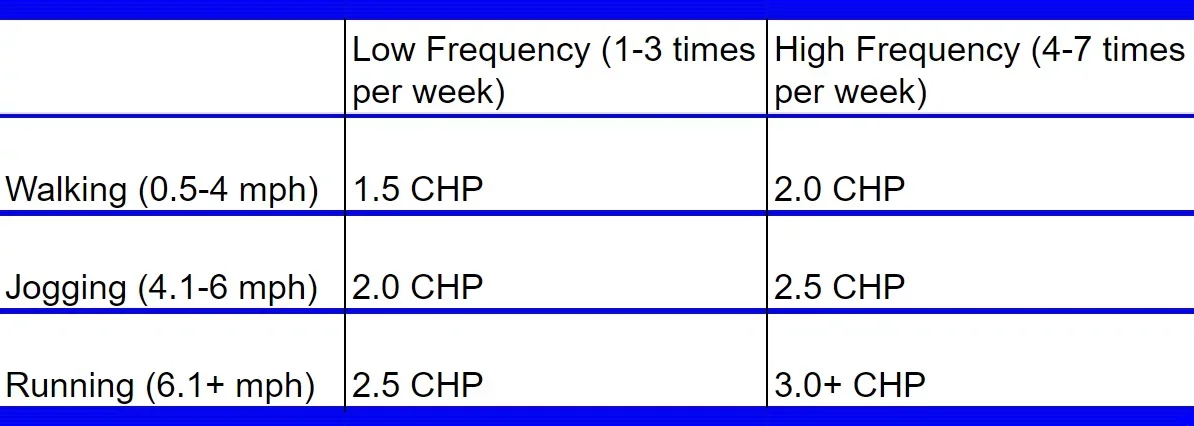What Is a Good Horsepower for a Treadmill Motor?
Ranging anywhere from 1.5 HP to 5.0 HP, an average treadmill motor is 2.5 HP. To decide where your needs fall on this spectrum, you must consider intensity and frequency of use along with the body weight of everyone who’ll be using the machine. Not everyone needs a top-notch treadmill. You could spend more money on other cool features while enjoying a sufficient motor when you understand the level of power needed to support your type of cardio workouts.
In this article, my goal is to help you decide on the right horsepower. Before making a purchase, however, you should also familiarize yourself with the three horsepower rating systems and the two motor current types.
Intensity and Frequency
What kind of use will your treadmill predominantly support? The degree of exercise must be taken into account to make sure your motor reflects your lifestyle. Varying intensities require specific amounts of horsepower. Will it be used for walking, jogging, running, or a little bit of everything?
Furthermore, how often will your treadmill be used? Ten minutes of high-intensity running once a week, for example, won’t be as strenuous on your treadmill as daily, one-hour brisk walks or jogs. The following chart is a good rule of thumb to determine your motor power needs based on frequency and intensity. If more than one person will be using the treadmill, their usage will need to be factored into the equation.
Bodyweight
Heavier weight puts additional strain on the motor. Using the chart above, a good rule of thumb is to add .5 HP if any user weighs in excess of 200 lbs.
The Noise Factor

The 3.25 CHP motor that powers the Matrix TR50 is known for its quiet operation. Photo by: Oleksandr Kosheliev / TreadmilReviews.net
Noise is an especially important consideration for residential treadmills. It can be disruptive to others in the home or neighbors when your treadmill is too loud. Direct current motors create less noise compared to alternating current options, and this is the preferred type of motor for a residential treadmill. So, what other factors can you look at for a quieter motor?
In most cases, the higher the horsepower, the louder the treadmill. If noise is an especially important factor, and you intend to train under high frequency and/or intensity conditions, it could make sense to go with a 3.0 CHP motor (3.5 CHP if you weigh over 200 lbs.) as opposed to going with a product with a 4.0-5.0 CHP motor. Of course, these higher-powered alternatives will be more supportive of higher demands, so it’s largely up to your precedence of noise vs. power.
Here at TreadmillReviews.net, we do a decibel test as part of our hands-on review process. If you’d like to see how a particular product stacks up in terms of noise, always check to see if we’ve had the chance to take it for a spin.
Knowledge is Power in Demystifying Treadmill Motors
The horsepower rating gives you a peek inside a single window of the house that is a treadmill motor. There are multiple methods of testing horsepower that make a difference in interpreting power. Other variables like RPMs and current also need to be considered. We’re here to help you understand everything you never realized you needed to know about treadmill motors before you buy.
Other Treadmill Reviews:
- Test HomePage
- NordicTrack Commercial X14i
- Echelon Stride
- NordicTrack C 590 Pro
- NordicTrack T 7.5 S - Pros & Cons (2024)
- Sole TD80 Treadmill Desk
- NordicTrack Commercial X11i
- NordicTrack T 8.5 S - Pros & Cons (2024)
- Horizon Elite T5
- Exerpeutic TF1000
- NordicTrack T 6.5 S - Pros & Cons (2024)
- ProForm Sport 5.0
- ProForm Premier 900
- ProForm ZT6
- NordicTrack FreeStride Trainer FS5i (Discontinued)
- Bowflex Max Trainer M5
- BowFlex TreadClimber TC100
- ProForm Power 795
- ProForm Sport 7.0
- NordicTrack Incline Trainer X15i
- NordicTrack C 1650 Treadmill
- Horizon Elite T9
- Official Boston Marathon Treadmill 4.0
- NordicTrack Treadmill Desk
- NordicTrack C 1630 Pro
- NordicTrack C 970 PRO


